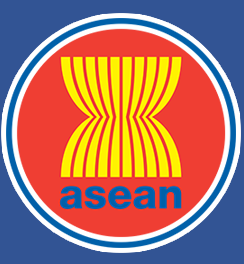ASEAN Journal on Science and Technology for Development
Abstract
Rapid and species-specific detection, and quantification of pathogenic bacteria are fundamental for monitoring and assessment of the risk they pose to any ecosystem. The study employed Vibrio cholerae, a human pathogen responsible for the life-threatening diarrhoeal disease, cholera and one among the most unwanted from marine bioinvasion point of view. The present study coupled fluorescence in situ hybridization (FISH) technique, a powerful tool in molecular phylogenetic discrimination, with flow cytometry (FCM), a technique used for rapid and accurate quantification of both viable but non-cultivable and non-viable microorganisms. The FISH-FCM technique was used for the first time to quantify V. cholerae (includes cultivable and non-cultivable) from different geographic regions of Southeast Asia (Brunei, Indonesia, Lao PDR, Myanmar, Philippines, Singapore, Thailand, Vietnam) and India (Goa, west coast of India). The data acquired from the analyses provides a snap shot view of the total bacterial abundance with special reference to V. cholerae. As the method developed, it was evaluated with bacterial samples collected from different sites in Southeast Asia and India, and the application of this technique to different geographical regions appears feasible. Considering that the continuous growth of the shipping industry and ballast water as one of the primary vectors responsible for the global transport of pathogenic microorganisms, the risk they present needs immediate attention. This technique will be useful in the quick and accurate detection of specific pathogens. It may also provide significant insights to quarantine measures for Ballast Water Management.
Publication Date
9-15-2018
Recommended Citation
Lidita, Khandeparker; V., Desai Dattesh; Chandrashekar, Anil Arga; S., Sawant S.; K., Venkat; Kaushal, Mapari; Zuliza, Jolkifli; Abd. Karim; Hikmah, Thoha; Hadiyanto, Hadiyanto; Soukaseum, Dalasane; Kongngeun, Chounlamountry; Myint, Khaing Myint; Clarisse, Dungca Jenelle; Rhodora, Azanza; Sing, Lim Chin; Siang, Tan Koh; Sumana, Kajonwattanakul; Ratchanee, Phuttapreecha; and Mai, Le Hoang
(2018)
"Application of Fluorescence in situ hybridization-Flow cytometry (FISH-FCM) technique to detect and quantify Vibrio cholerae population from different geographic regions,"
ASEAN Journal on Science and Technology for Development: Vol. 35:
No.
1, Article 23.
DOI: https://doi.org/10.29037/ajstd.495
Available at:
https://ajstd.ubd.edu.bn/journal/vol35/iss1/23

